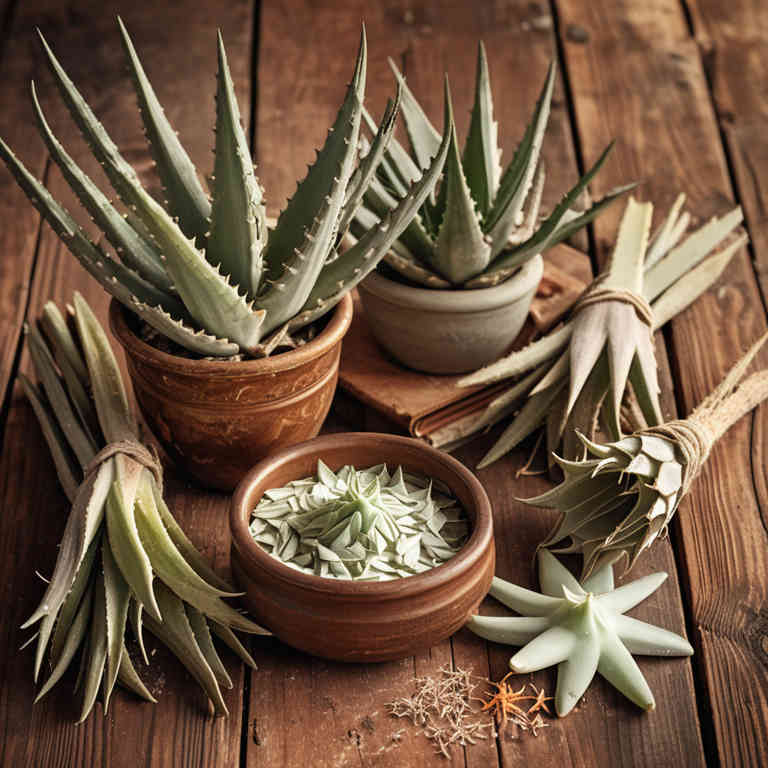Aloe ferox mucillage for medicinal use

Aloe ferox mucillage is a thick, gel-like substance derived from the inner leaves of the Aloe ferox plant, commonly known as the Cape aloe.
This preparation is rich in mucilage, a type of soluble fiber that has soothing and demulcent properties. In herbalism, it is used to support digestive health and soothe irritation in the gastrointestinal tract. It is often taken internally to alleviate symptoms such as indigestion, inflammation, and minor digestive discomfort.
Additionally, it may be applied externally to reduce inflammation and promote healing of minor skin irritations.
Uses
Aloe ferox mucillage has been used to treat digestive issues and skin conditions for centuries, particularly in traditional African medicine.
Historically, it was valued for its soothing and healing properties, applied topically to wounds and internally to aid digestion. In traditional practices, it was also used to alleviate symptoms of inflammation and as a remedy for respiratory ailments. Modern research has explored its potential anti-inflammatory and antimicrobial properties, leading to its use in contemporary herbal formulations.
Today, it is still employed in natural health products for its purported benefits in supporting gut health and skin repair.
Benefits
Aloe ferox mucillage has health benefits such as promoting digestive health, supporting skin healing, and reducing inflammation.
It is rich in mucilage, a gel-like substance that can soothe the gastrointestinal tract and aid in the relief of conditions like irritable bowel syndrome. The mucilage also acts as a natural demulcent, providing a protective layer over irritated tissues. Additionally, it may help in managing symptoms of inflammatory bowel diseases due to its anti-inflammatory properties.
This herbal preparation is also believed to enhance immune function and support overall wellness.
Constituents
Aloe ferox mucillage active constituents include polysaccharides, mucilage, enzymes, and a variety of phytochemicals such as anthraquinones and sterols.
These compounds contribute to its anti-inflammatory, wound-healing, and immune-modulating properties. The mucilage provides a soothing effect on irritated tissues, making it beneficial for digestive and skin health. Polysaccharides are known to support gut health by promoting the growth of beneficial bacteria.
Additionally, the presence of enzymes like amylase and lipase aids in digestion and nutrient absorption.
Preparation
To make Aloe ferox mucillage, begin by harvesting the leaves of the Aloe ferox plant, ensuring they are mature and fully developed.
Wash the leaves thoroughly to remove any dirt or debris, then cut them into small, manageable pieces. Place the cut leaves in a blender or food processor and blend until a smooth, gel-like consistency is achieved. Strain the mixture through a fine mesh sieve or cheesecloth to separate the mucilage from the pulp and fibers.
Allow the resulting mucilage to settle, then collect the liquid for use as a natural remedy or supplement.
Side Effects
Aloe ferox mucillage may lead to gastrointestinal discomfort, including nausea, vomiting, and diarrhea, due to its high concentration of anthraquinone compounds.
It can also cause dehydration and electrolyte imbalances, especially with prolonged use. Some individuals may experience allergic reactions, such as skin rashes or itching, when applying the mucilage topically. Long-term internal use may increase the risk of kidney damage or colonic damage.
It is important to consult a healthcare professional before using aloe ferox mucilage, especially for extended periods or in high doses.